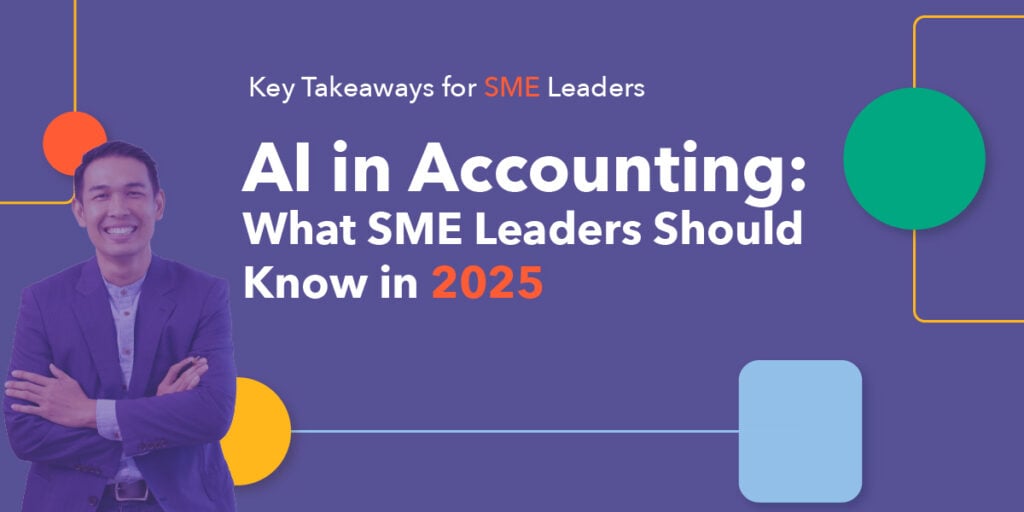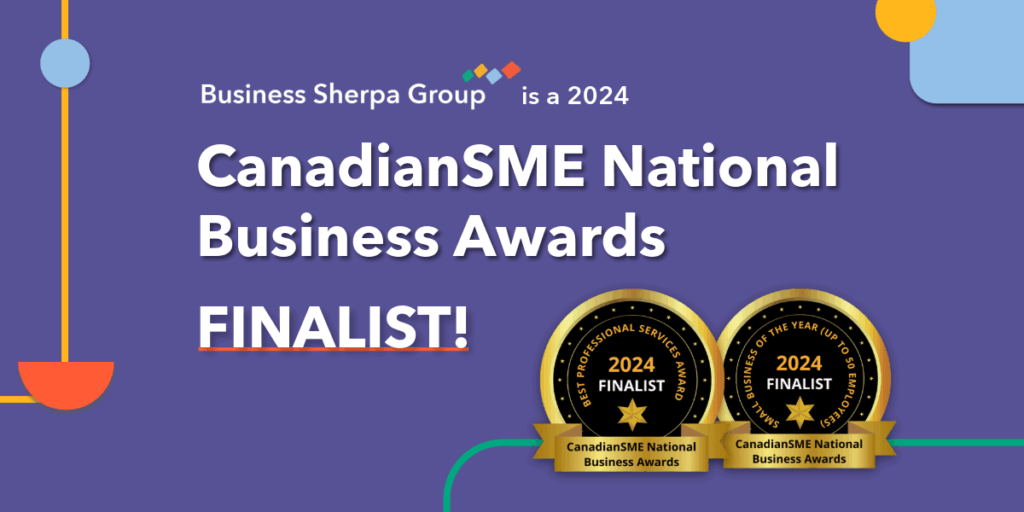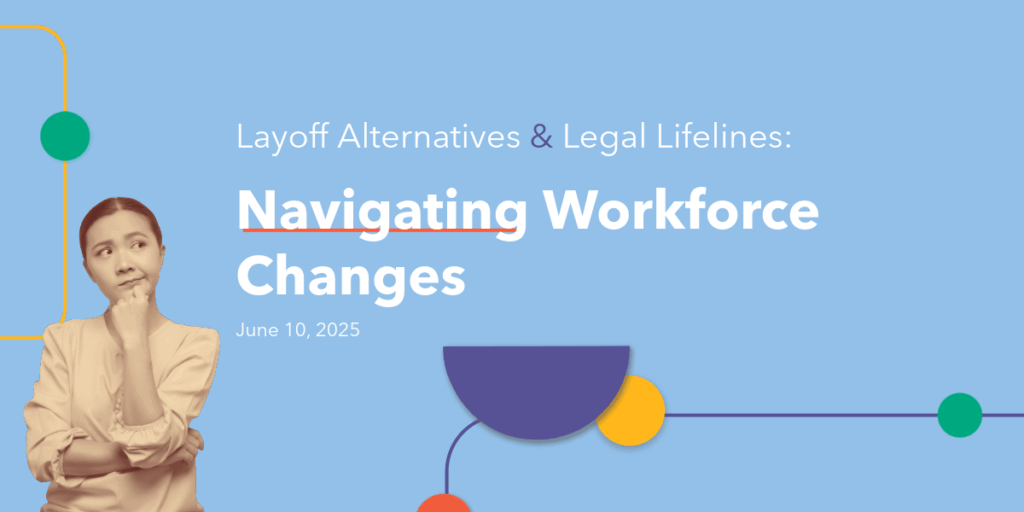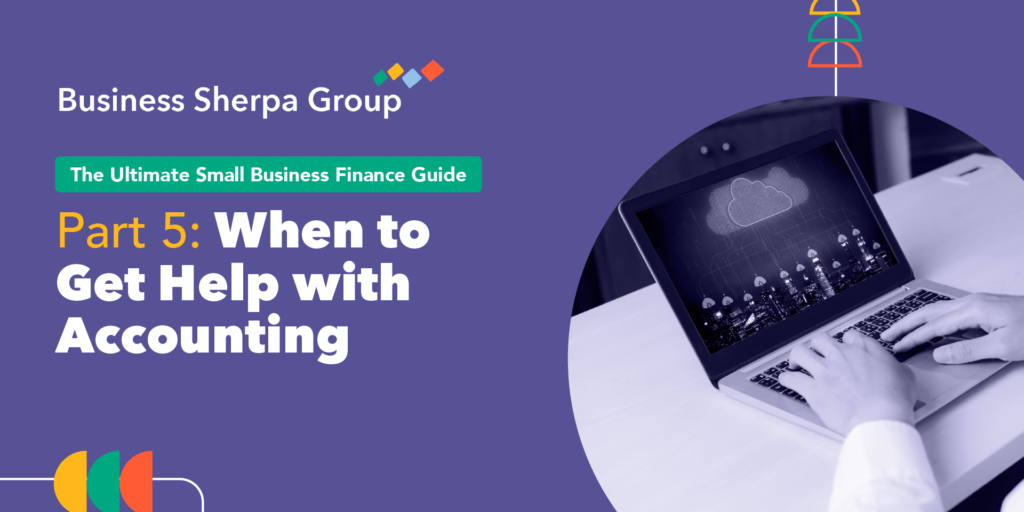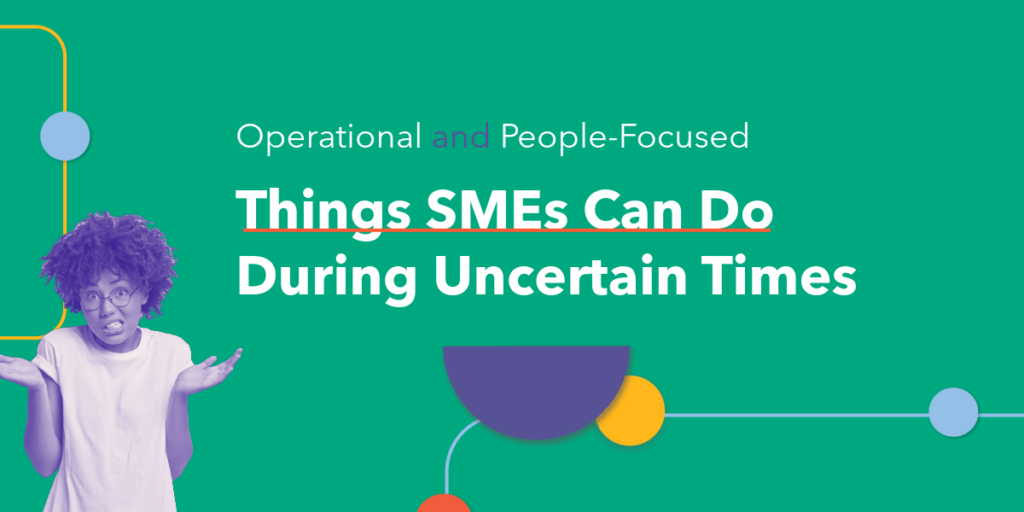Employee needs change throughout each generation and career stage. A good manager is one that can position himself as a person who can address most of those needs so that their team can thrive.
Addressing everybody’s needs is no simple task, and with many people coming together in one workplace, managers have a lot to consider. What are the needs of your unique workers, and how can you support them?
In this article, we’re going to look at this from a generation lens and examine what employee needs are, including how to hire, what each cohort needs to develop their careers, and how you should design your workplace to help everyone feel supported.
Supporting Employees by Generation
Baby Boomers
Many of this generation occupy higher roles in an organization, with many approaching retirements. They tend to have a strong work ethic and prefer working in organizations with more hierarchy, with clear job roles and career paths.
Generation X
Generation X employees are likely in various stages of their careers. They tend to be more independent and self-reliant, valuing work life balance and flexibility from their employers. While they’re not as likely to stick with one company in their career, their adaptability is a valued asset.
Millennials
Millennials were the first generation to grow up with the internet and are likely quiet tech savvy. They value a balance between their work and personal lives, seeking out flexible working arrangements and a greater sense of purpose in their work. They also value learning and will seek out chances to grow and develop new skills at work.
Generation Z
The youngest generation in the workforce, most Gen Z employees are a few years into their first career job or wrapping up in school. They’re highly tech savvy, growing up with portable electronics and the digital age. They value diversity and inclusion in the workplace and so prefer organizations that lead with values as they are looking to make a positive impact and contribute to society.
Supporting Employees When Recruiting
There are a few practices you should follow when seeking to recruit people from different age cohorts.
Know Your Target Audience
For the person you seek, employers should position themselves in a way that builds in flexibility, so everyone feels welcome. These preferences change from one cohort to another, for example, when seeking to hire someone later in their career, they’re likely to respond more positively to discussions about career progression and clearly defined roles. Younger recruits, like Millennials and Generation Z, are going to be intrigued by discussions on flexibility and social impact.
Have An Online Presence
Culture is more of a draw in than you might think, and having no online presence can be a significant drawback when trying to source applicants from younger age cohorts. When individuals a job posting, they’ll want to learn more about the work the organization does and who works there. Showcasing what your organization delivers on is half of the equation, you also need to communicate the culture of the organization through your website – which is a critical part of your online presence – and if possible, social media feeds as well.
Post Where They Are
If you want to hire people of different backgrounds and age groups, you’re going to have to post where they’re going to see it. You can rely on the tried and true, like Indeed, LinkedIn, GlassDoor, etc., but this shouldn’t be the end all for each job search. Consider job fairs, career events, industry nights, or networking nights as well.
Celebrate Uniqueness
Younger generations value diverse and inclusive workplaces, however they’re also mentally worse off than previous generations, likely to encounter imposter syndrome more. Showcasing that everyone can work at your organization, no matter the background, will help alleviate some of those pre-application fears.
Supporting Employee Training
The need for employee training persists throughout ones entire career. For some, it’s a need for training on new functions or roles to try new things in the workplace, and for others, they’re looking for training that will help them get better at their current role, one they’re comfortable and established with.
Baby Boomers
Baby Boomers likely are comfortable within their role and would benefit from training that helps them perform it better. They need training to adapt to new processes brought about by technology innovations, allowing them to retain their role in the digital world. They would also benefit from management training, helping them understand the changing needs and values of generations younger than them, all of which will help them stay effective and current in their roles.
Generation X
Generation X workers are likely looking to advance in their careers now that the preceding generational cohort is eying retirement. It’s important to consider the adaptability of workers in this generation, as their willingness to look for work elsewhere means training programs and career opportunities must be carefully considered in a way that values and adapts to their input. Training in leadership skills, like collaboration, problem solving, and strategic planning are likely to catch their eye, but this is a generalization. These are your leaders of the near future, so listen to what they think they need to do well in that role.
Millennials
Seeking a greater purpose in the work they do; millennials are led by discovery and curiosity in the workplace. As a cohort that doesn’t stick at one workplace, they appreciate chances to learn and develop new skills, either related or unrelated to the work they’re doing as they figure out where their career will take them. This cohort would benefit from mentorship opportunities that help them figure out where they want to grow and what they want to learn. This cohort is a bit more tech savvy, so training on technologies can be on the back burner.
Generation Z
Just getting started in the workplace, Generation Z has a world of energy and ideas that they just need support unleashing. That’s why training on skills based around critical thinking, communication, delegation, and teamwork, will help them thrive in workplaces with people who might not be as rehearsed in the digital world as they are. They might also benefit from training on professionalism, to help them get their ideas across in a way that their rigid workplaces will better understand. Their passion for a better society should be supported by chances to learn how to remove bias in the work they do, and how to bring about more equitable and ethical work practices.
Supporting Employees Through Workplace Culture
Baby Boomers
It should come as no surprise that workers in this cohort prefer organizational hierarchies and systemized ways of working. They follow a chain of command and like to receive praise for the work they do. They’re resistant to change and need help adapting to new ways of working and changes in workplace culture. However, this cohort also likes collaboration with others on projects, allowing everyone to play to their strengths. They’re likely to be motivated by teamwork and group settings to go the extra mile, placing self worth in the work they do.
Generation X
Generation X values workplaces that understand the realities of their personal lives, allowing them to go to appointments during work hours. This cohort is more autonomous than the previous, valuing workplaces that give them their independence and the ability to make decisions. They also value direct and transparent communication with their peers and supervisors.
Millennials
Millennials are led by their values, including their work, and will be looking for workplaces whose culture is also led by their values. They prefer workplaces that offer chances to learn new skills or develop existing ones, where managers offer up clear and concise feedback. These desires attract them to workplaces that value diversity and openness, offering more chances to collaborate on projects while also giving you chances to learn and discover developing technologies.
Generation Z
Generation Z likes workplaces that are diverse, inclusive, open, and are socially aware. Led by their values, they can sense when someone is not being sincere and will react to it accordingly. They’re looking to leaders in the workplace to improve efforts to make the workplace more sustainable and equitable. They want to work in places that let them explore their creative outlets and desires and would like a supportive feedback culture. This generation values flexibility and autonomy more than previous cohorts.
Conclusion
These are just some of the many considerations a manager should consider when positioning their workplace. These categories are generalizations, and an employer should always get input from their employees prior to making assumptions about their needs. One might be way more tech savvy than you think, or someone might have amazing people skills despite being new to the office environment.
The important thing to remember are that different people have different needs, and that a mindset which welcomes differences goes much further than a conformist one. The benefits include stronger retention (which lowers hiring costs), engaged staff who are more efficient, and a business built on a foundation that can better withstand the ebbs and flows of life because it’s built on substance and run by people engaged in organizational success.





